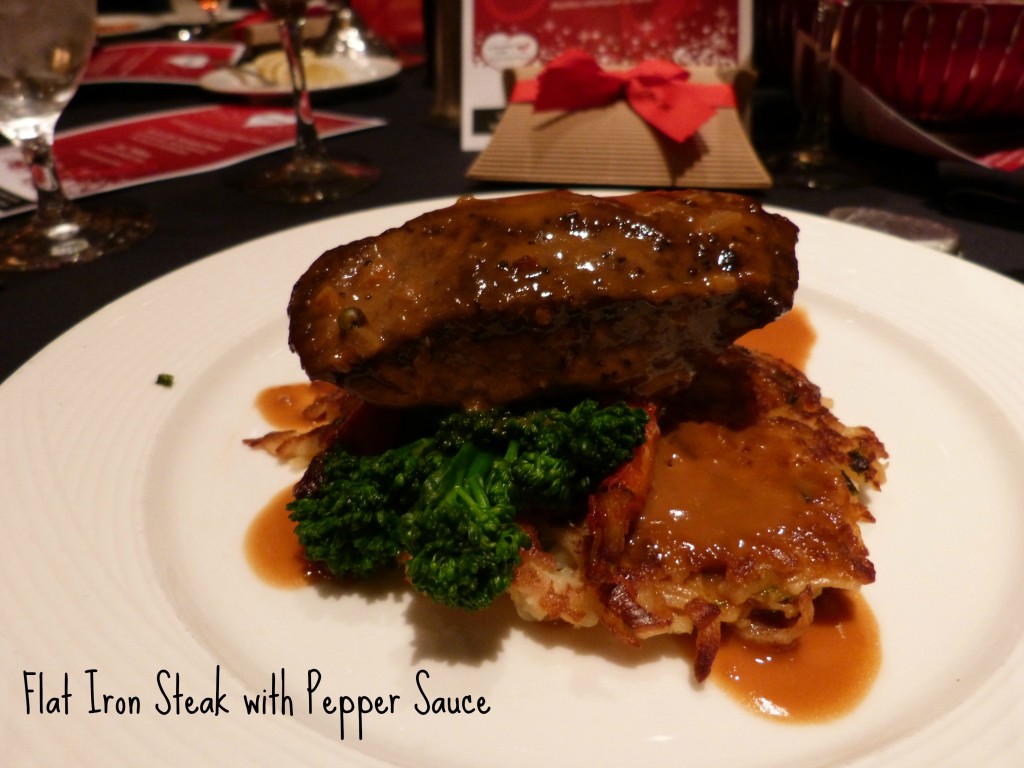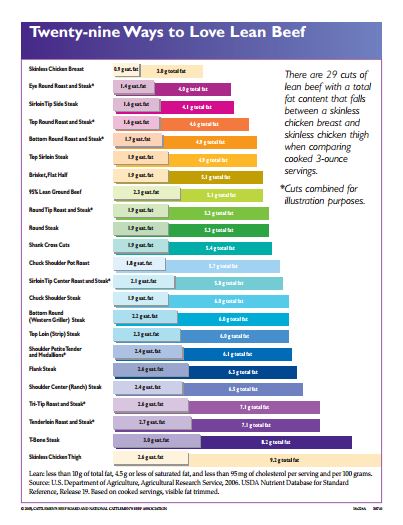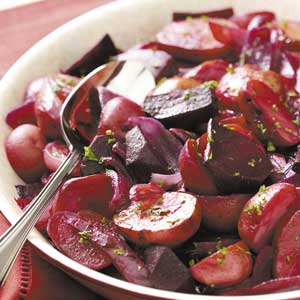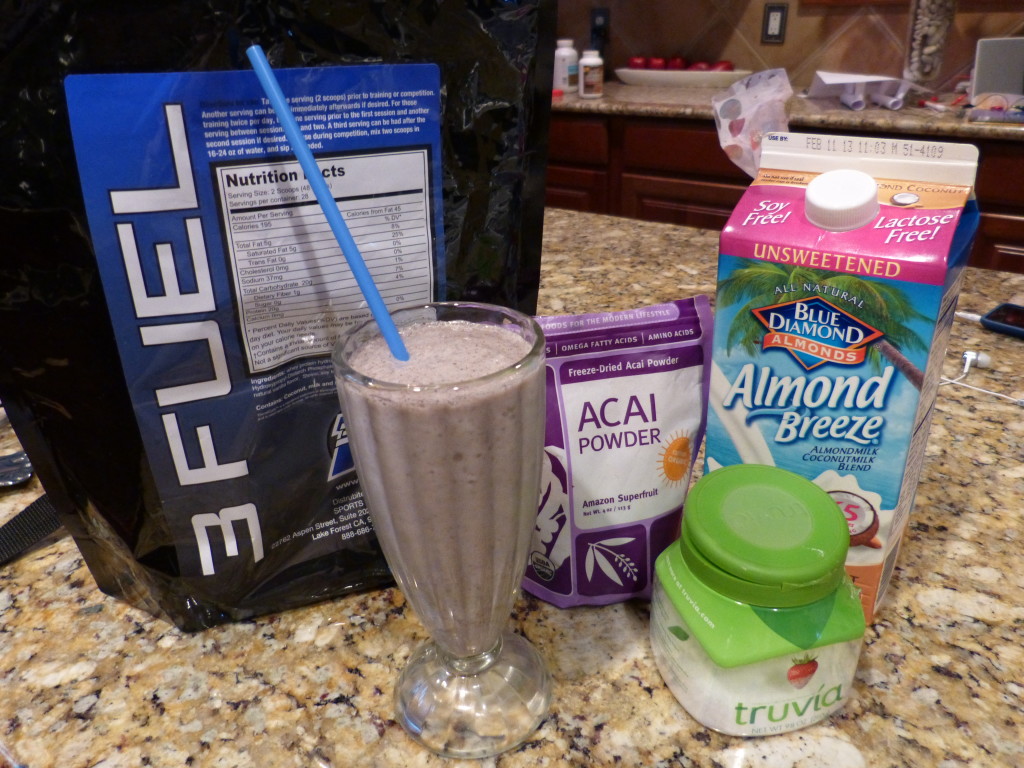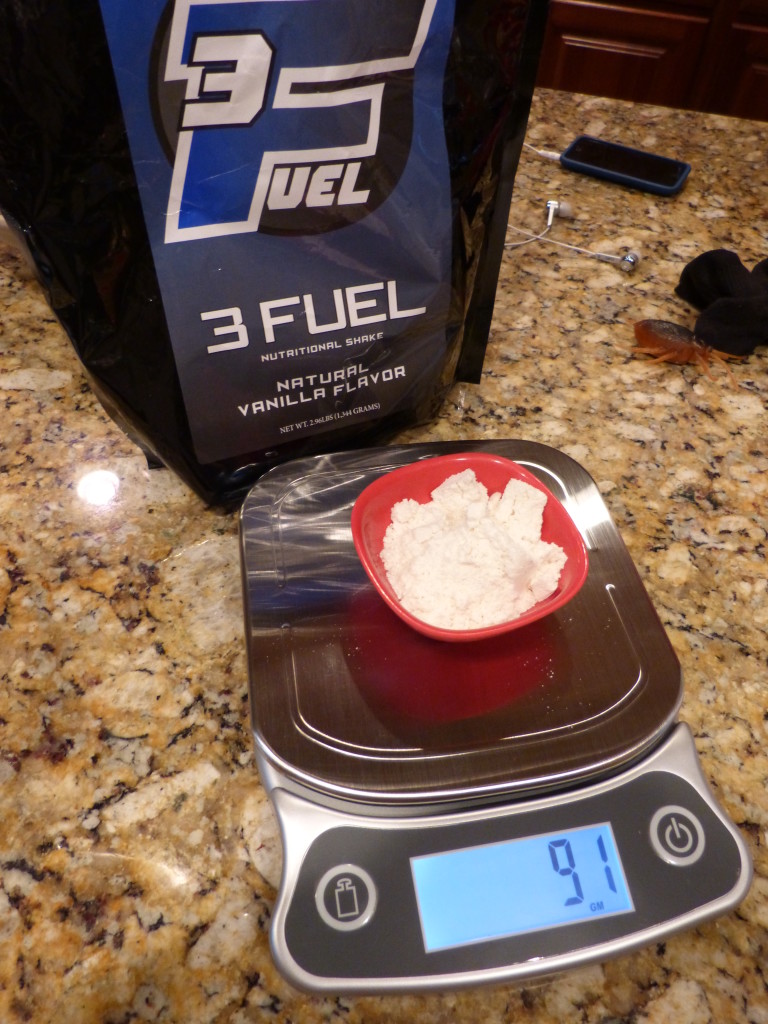Years ago, I remember taking care of my Aunt’s house in Houston while they were away on vacation. “You’re welcome to pick the figs as they ripen, but you’ll have to hurry to beat the greedy birds,” she said before leaving. Having never eaten homegrown figs (a Fig Newton was about the closest I had come), I wasn’t too excited about the invitation to develop my latent “gatherer” gene. But, a few days later when out watering the plants, I saw the fig tree bursting with fruit just crying to be picked. I sampled a fig straight off the branch and, oh my goodness, I jogged back to the house to get a basket for the harvest. Apparently, my jog should have been a mad dash, because when I returned, a flock of birds had swarmed the tree and were gorging on the spoils.
From that day forward, I have had a new appreciation (make that obsession) with this delicate, delicious fruit. I’m only sad that I don’t have my Aunt’s green thumb nor live near the Gulf Coast where they seem to grow so happily. Summer is really the season for figs, but I am ready now. You can purchase figs in grocery markets with fancier produce departments nearly anytime of the year, although they aren’t as good as homegrown. Common varieties you’ll find in the supermarket are Turkish figs, Mission figs and Calimyrna figs.
My Fresh Figs with Balsamic Fig Preserves recipe makes a uniquely nutritious and utterly delicious dessert that doesn’t wreck a day of clean eating with lots of sugar, fat and bad gunk. Did you know figs offer the most calcium of any fruit? I was excited to find out that just three figs provide 25-percent of the daily recommended allowance for fiber. The great thing about fruit fiber, besides being filling, is that studies have shown that it can reduce the risk of breast cancer in post-menopausal women. A source of many essential vitamins and minerals, figs are especially rich in iron, magnesium, potassium, vitamin K and B vitamins. Also, when choosing your figs, the ripest fruits yield the most antioxidant health benefits.
Fresh Figs with Balsamic Fig Jam Recipe
- 2 cups quartered fresh figs (stems removed)
- 1 cup all-natural honey
- 2 cups water
- 1 1/2 tablespoons balsamic vinegar
- Sea salt
- 2 dozen fresh figs (halved into 48 pieces)
To make jam, add the quartered figs, honey and water to a large pot. Simmer over low heat until the figs break down and the liquid is reduced by one third. Remove from burner and let mixture cool for 30 minutes. Puree fig mixture in food processor, add balsamic and season with the sea salt to suit your personal taste.
Gently wash and dry remaining 2 dozen figs and then slice in half lengthwise for a total of 48 pieces.
Serve jam with fresh figs as a dessert or over a salad of baby greens. Leftover jam will keep in the refrigerator for up to three weeks.
Serves 8 (6 fig halves per serving)





